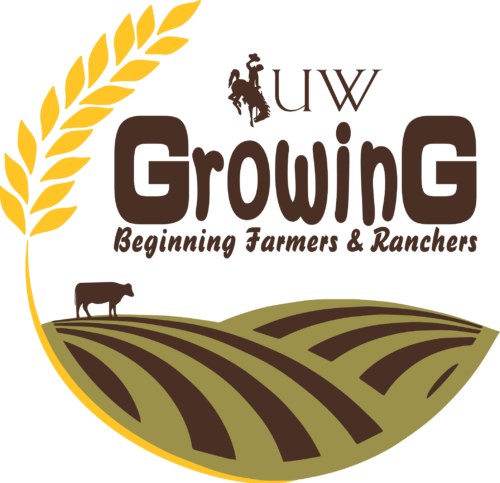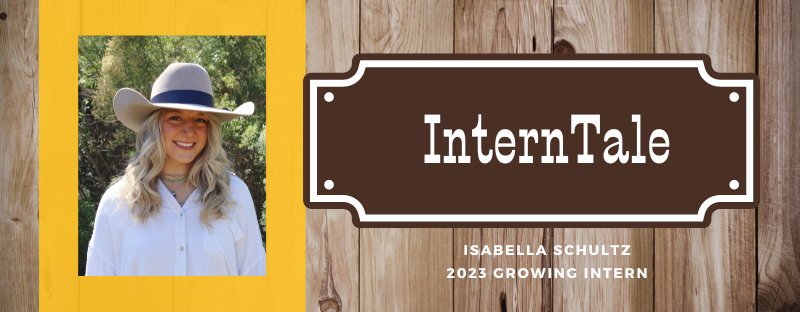Understanding Rotational Grazing
#bfrdpwy #aginternship #RightRisk

This week we moved both the heifers and the steers quite a bit. We rotate both groups every three days or more to keep our pastures healthy and regenerative. This decision depends on the size of the pasture and the amount of grass within that pasture. We have a team of five irrigators and between the five of them each pasture has a specific caretaker. They manage the water flow through each of the pastures and maintain a good knowledge of how long we could leave a group of cattle in there without depleting the grass.
We have to keep a pretty detailed account of our pasture rotations. We do this by entering the rotations into an excel sheet which takes the head count and acreage into account and calculates how many days we put them on each pasture. Some of the smaller pastures can only be grazed for a day, and some for up to three days. We have a group of 137 heifers that are on a very densely foraged pasture and will likely be able to stay there for the remainder of the summer. We are very lucky to have access to an incredibly large amount of water due to our generous water rights on the river. These rights go by dates, so more and more gates will be opened and or closed as the summer goes on.
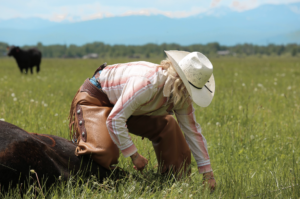
In addition to grazing pasture, we supplement daily. Each time we move pastures we move the 12 supplement tubs and fill them up. We try to keep an eye on the level of supplement intake and adjust how much we give them accordingly. The supplement we use is a custom ration that was formulated with our regional forage profile in mind. They order about 20 pallets of it at the beginning of the season and it usually lasts through until shipping. Evidently the cattle hit the supplement pretty hard. This makes sense considering their only nutrition is pasture grazing. This combination is relatively low cost, low maintenance, and yields great results. Last year on this program they saw an ADG on the steers of 2.55 pounds per day, and an ADG of 2.15 pounds per day on the heifers. They did this without any supplemental nutrition and in turn with no extra feed costs.
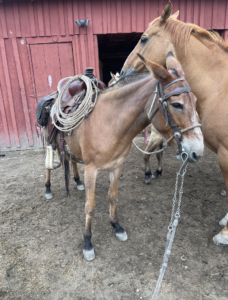
Additionally, I was able to get some good riding experience in this week. My foreman allowed me to ride his mule, which was an awesome experience. It’s very different than riding a horse, both in size and technique. I had to use much more aggressive spurs and be softer on her mouth because the bit I was using was very aggressive. I also had the chance to ride a pretty green horse with a bit of a head throwing problem. I had to be very confident and calm in my movements. It taught me a lot about the mistakes I was making that the older, broke horses would ignore. I would really like to continue riding this horse and try to use it to continue to improve. I only used him to gather the heifers, so next time we doctor I’d like to try to rope off of him and see how that goes.
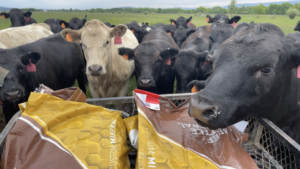
A few questions I have after this week are: how do the heifers and steer utilize the mineral differently, and if providing them with different balances of mineral would yield better results. I also want to know how having differently sized pastures rather than uniformly sized pastures affects the efficiency of our rotational grazing system. We have a speaker coming to put on a grazing school tomorrow, so these are some questions I could ask him. I plan to use the information I learned this week to implement rotational grazing strategies in my future operation. I think it is very beneficial to the land and very cost effective for the producer.
Submitted by: Isabella Schultz
Edits by: GrowinG Internship Team
